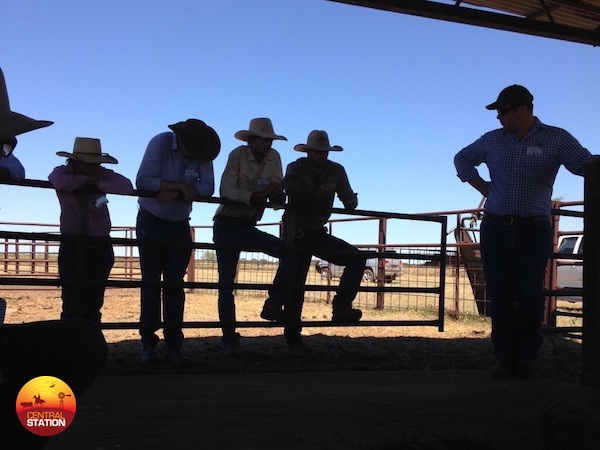Barkly Herd Management Forum
Host: Katherine Research Station
Written by Jodie Ward, Pastoral Production Extension Officer
DPIR offers a number of training opportunities for station staff with a wide range of previous experiences, for everyone from first year jillaroos and jackaroos right through to managers and station owners wanting to improve specific skill sets. One of our favourite activities to facilitate every two years is the Barkly Herd Management Forum. This event targets the up-and-coming stockmen and women who have been selected for middle management positions such as Leading Hands, Head Stockpersons, and Assistant Managers. By targeting people in these positions we hope to be able to provide them, or assist in the development of, skills that they will need as they progress through to more senior management roles.
Starting at Brunchilly Station and moving onto Helen Springs Station at the end of the first day, this year’s event attracted 17 participants (which is about our limit due to logistical constraints), who travelled from right across the Barkly (and even as far as Cloncurry, Queensland) just to attend. The program focussed on a number of key areas:
- Managing heifers to maximise lifetime productivity
- Managing the body condition of breeders
- Animal husbandry procedures: best practice and pain mitigation
- The key principles of grazing land management
- How to look at day-to-day activities from a business perspective
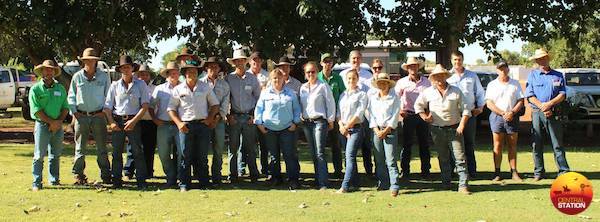 Group shot!
Group shot!
Previous event successes meant that we were able to source funding from several avenues, including Meat and Livestock Australia and the Barkly Landcare Association, which allowed us to attract presenters of a high calibre. Presenters at this year’s event included Ian Braithwaite (well-known veterinarian and respected business advisor), Andrew Fisher (Professor of cattle and sheep production medicine from the University of Melbourne), Ian McLean (Director of Bush AgriBusiness), and Geoff Niethe (Animal Production Co-ordinator for Northern Beef, Meat and Livestock Australia).
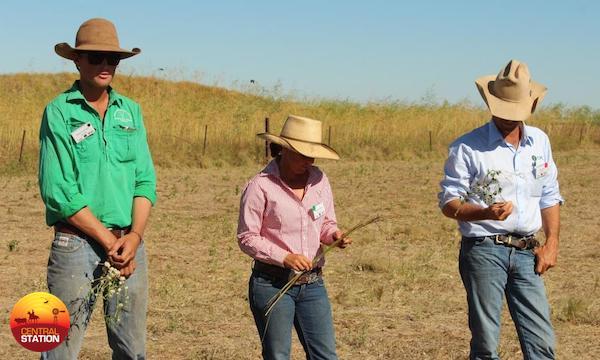
While the participants rated all the topics presented highly (all rating above 4 on a 1 being the worst 5 being the best scale) in the review survey, one of the highlights for me, was Ian Braithwaite’s demonstration of best practice dehorning and a new castration technique.
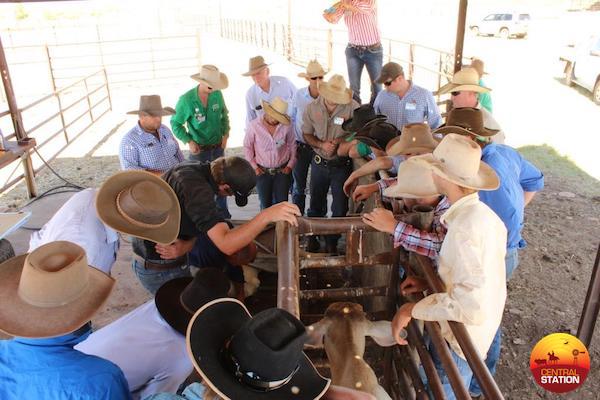
Another highlight for me were the insights Ian McLean provided regarding what determines profit in the beef industry, and, how to accurately investigate which investment options will give you the biggest bang for your buck and the quickest return on investment. While I couldn’t directly relate to these topics on a personal level, having not worked on a station for many years, I could definitely understand how knowing about these concepts were important for the audience members which was reinforced by the enthusiasm behind their questions. Ian McLean’s topic also provided me with the opportunity to reflect upon my own lack of knowledge regarding economic decision making – a definite area for improvement.
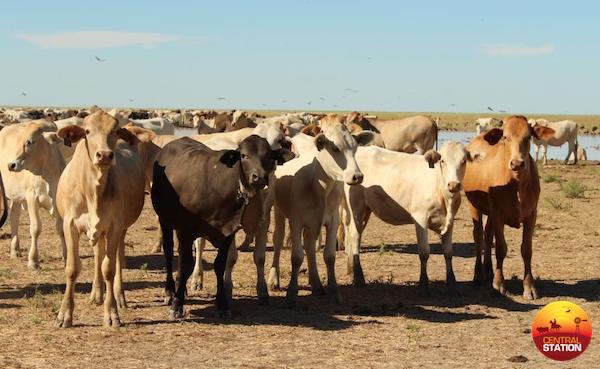
I also enjoyed hearing from Andrew Fisher. He told us results of a recently conducted survey that found that people who considered themselves as leaders or influencers of others regarding animal rights issues identified that they felt that they knew quite a bit about animal production systems. However, when the same people were asked to complete a test about those systems, such as layer hens, pork production, beef production, etc., the people who identified themselves to be leaders or influencers, were found to be as knowledgeable as the rest of those surveyed – which was ‘know a little bit, but not much’.
Another finding of the research Andrew presented was the trusted source people get their information regarding animal rights and welfare information from and it was found that although trust in social media items was low, accuracy of blogs and animal rights welfare websites was high! Surely this can only be good news for Central Station! Keep up the good work team!
Geoff Niethe had some interesting points as well. While I have had it drummed into me time and time again about the theory of weaning is more about preserving body condition score of the breeder than it is about the weight of the weaner, I find it an easy factor to put aside when other factors come into play, such as developing strategies to ensure weaners make sale weight within 18 months. It was great to have the basics reinforced.
So upon reflection, it could be said, I enjoyed it all, however nothing pleased myself and the other organisers (Tennant Creek DPIR girls) more than the broad smiles and firm handshakes we received from the attendees at the conclusion of the event.
Already I’m looking forward to the next one. Bring on 2019!

